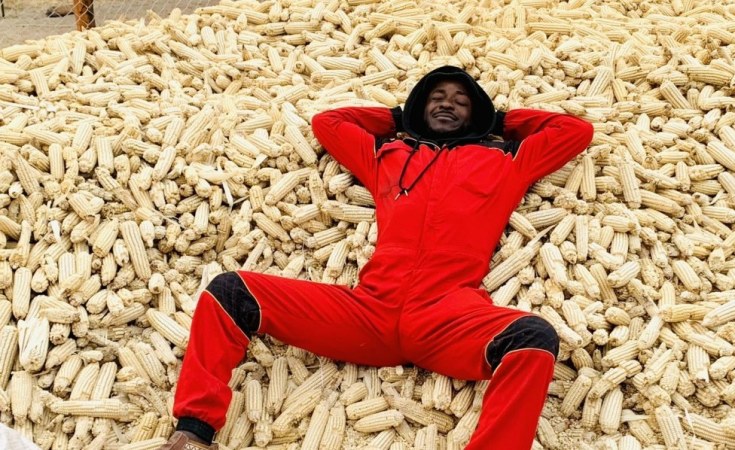Preparations for the next summer cropping season, starting in the final months of this year, have started with the Government targeting a cereal production of 3,7 million tonnes to ensure national food and nutrition security, as well as ensuring farmers grow enough for their own family sustenance with some left over for sale.
Farmers are worried about inputs prices, which they say are increasing costs of production and eroding viability of farming.
They need these factored into final sale prices with adequate pre-season finance, so their costs are covered and their profit margins remain unchanged.
In its state of preparedness report, the Ministry of Lands, Agriculture, Fisheries and Water and Rural Development indicated that this year, focus was on increased productivity.
Thus the 2023/24 target areas for the major crops have only been increased by 10 percent since the major thrust of the ministry is to increase production per unit area, rather than drastically expand the cultivated area.
"Food security is achieved through the production of enough food crops and livestock products as a result of increased productivity of the major food crops.
"A target cereal production of 3 775 72 tonnes, with 3 060 000 tonnes of maize and 715 728 tonnes of traditional grains, is enough to meet the human cereal consumption requirement as well as the requirement of industrial uses and livestock feeds," read the report.
The ministry indicated that preparations for the 2023/24 summer season and this year's winter wheat are being done earlier than usual owing to the disturbances in eastern Europe, since Russia and Ukraine are top exporters of fertilisers and food.
This means that Zimbabwe needs to sort out its inputs well in advance and ensure that it grows enough food.
Besides the summer grains and wheat, oil seed production is being targeted for the final jump into national self sufficiency.
"The conflict has destabilised the global energy market and now food could be next since these two countries are top exporters of major grains, fertilisers and vegetable oils worldwide. Combined, Ukraine and Russia were responsible for about 26 percent of global wheat exports in 2020," read the report.
The ministry stated that early preparations for the 2023/24 summer season and the 2023 winter wheat will enable consultations with key stakeholders in the agriculture sector, to improve co-ordination and planning for the season.
"The 2023/24 summer and the 2023 winter season programme target is to sustainably increase crop production and productivity to meet and surpass the national requirements for both human consumption and industrial use.
"The ministry thrust for the 2023/24 season is mainly focusing on achieving food security, oil seed security as well as stock feed security," said the plan.
Food security, the ministry said, is achieved through the production of enough food crops and livestock products; oil seed security is achieved through the production of enough vegetable oil from oil seeds (cotton, sunflower and soya bean), while stock feed security is achieved through the production of enough livestock feed by producing silage crops as well as hay bailing.
Strategies for the 2023/24 include early mobilisation of inputs and other resources for crop production to be done before the season for both Government and private sector programmes.
Intensive in-service training for agricultural extension officers, the business advisers for farmers, to improve their knowledge and skills to assist farmers and intensive farmer training through lead farmer and master farmer training, both physical and online, are to be done and they will be tailor made to suit each agro-ecological region.
"Massive development and publication of reference materials on crop and livestock will be done to increase productivity.
"Extension advisories like manuals, books, fliers, technical tips, success stories and different handouts on crop and livestock production will be produced for farmers," said the ministry.
In the 2023-24 agricultural season, crops grown will be determined by agro-ecological region to improve productivity.
Some revision has been necessitated by the need to climate-proof agriculture and ensuring that crops grown in all agro-ecological regions are those determined by the requirement of the agro-ecological regions.
Farmers in high rainfall areas which are in Natural Farming Regions 1 and 2 are the ones who will grow maize.


